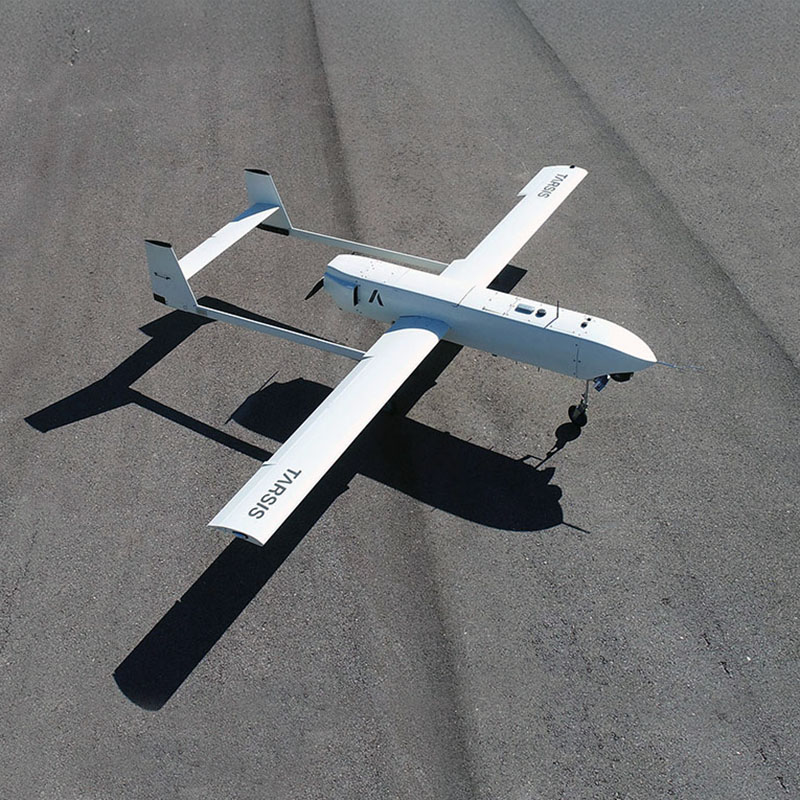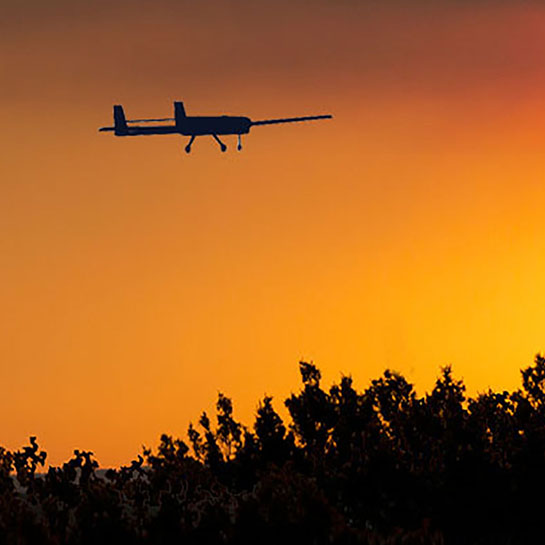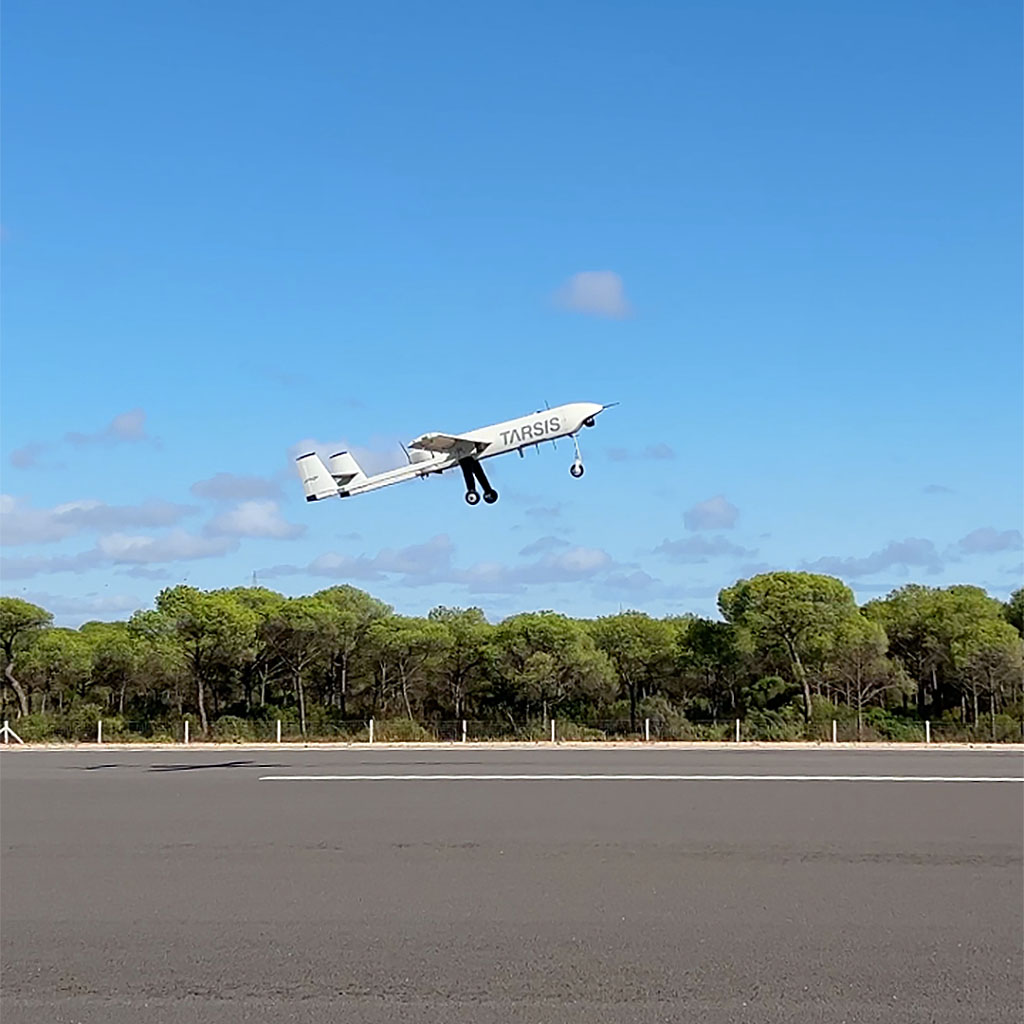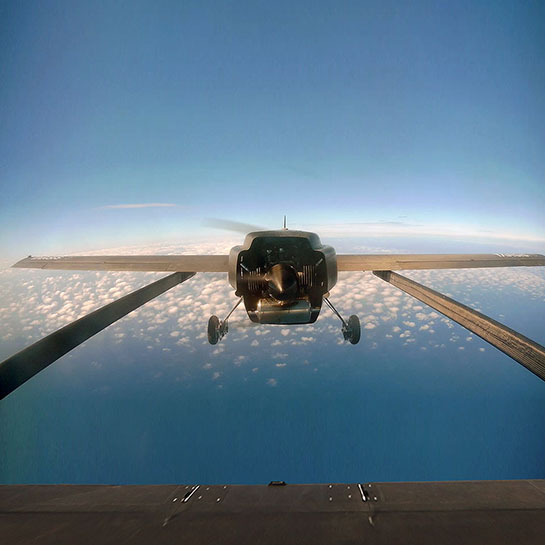UAS / RPAS, Unmanned Aircraft Systems
Highly versatile fixed-wing aerial solutions configured to meet the user’s operational needs in observation, surveillance and reconnaissance missions.

Observation and surveillance solutions
AERTEC designs and manufactures unmanned aerial systems, as well as high-dynamic vehicles for both the civil and military spheres. AERTEC has built light tactical UAS (like the TARSIS family) for observation and surveillance applications, using its own in-house design and technology.
AERTEC is the design authority and manufacturer of its remotely piloted TARSIS aerial systems, and therefore has the ability to adapt and configure the entire system around the needs of the system operator.
AERTEC’s UAS are designed following the main premises of long flight times and high equipment load, which gives them a great flexibility of configurations, allowing them to be adapted to whatever operating environment they are destined for.
Our two solutions TARSIS are capable of operating in a wide variety of weather conditions.
The platforms are equipped with a primary nominal communications system, along with a secondary redundant system.
The main video and real-time data link has optional range configurations (40, 70 or 150 km). The secondary data link is satellite connected, and has unlimited range. The communication frequency can be adapted to local operating requirements.


Communications
TARSIS systems have two communications systems, which can be optional or redundant.
- Nominal Datalink system: Direct communications between the aircraft and the GCS through a high-quality video and data link. The range can vary from 40 to 200 km, depending on the configurations chosen.
- Iridium system (satellite): Low bandwidth satellite communications. Unlimited range. Low-resolution video and low update rate. These communications are usually used as a redundant or emergency system to stand in for the main system.
The mission system includes an optimal flight path generator, which is based on the following:
- Reference point configuration.
- Interpolation of altitude and flight plan patterns.
- Return to base mode options.
- Linear and helical ascents and descents.
- Orderly task planning for emergency/contingency/tracking manoeuvres.



